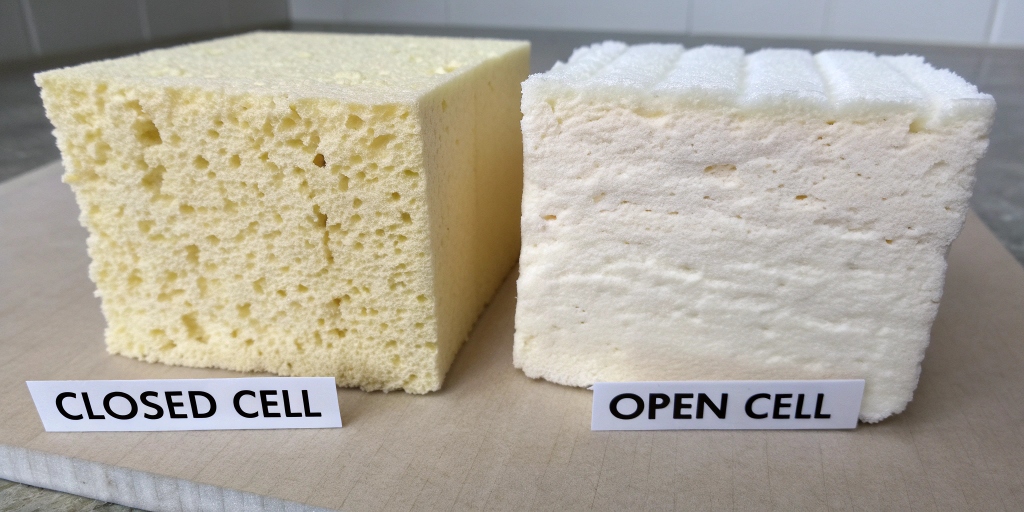How Much Time Does Caulk Take to Dry Before You Can Paint Over It?
When it comes to home improvement projects, caulking is an essential step for achieving smooth, clean finishes, whether you’re sealing gaps around windows, doors, or baseboards. However, once you’ve applied caulk, it’s important to understand how much time it takes for the caulk to dry before painting over it. This is crucial because applying paint too soon can cause the paint to smudge, crack, or fail to adhere properly. In this article, we’ll explore how long caulk takes to dry, the factors that affect drying time, and answer some frequently asked questions about caulking and painting.
If you’re working on a home improvement project and need more advice on when to paint over caulk, you can check out the detailed information on Besthomeimprovementideas.com.
Understanding Caulk and Its Drying Time
Caulk is a flexible material commonly used to seal gaps, cracks, and joints around windows, doors, tubs, and sinks. It can come in different types, including silicone, acrylic, and latex, each with varying drying times and uses. Understanding these differences is essential to ensuring that your caulking job turns out as expected.
How Long Does Caulk Take to Dry Before Painting?
The drying time for caulk before painting depends on several factors, including the type of caulk, humidity, temperature, and the thickness of the application. In general, most caulks take anywhere from 30 minutes to 24 hours to dry enough to paint over, but there are nuances to consider.
- Silicone Caulk: This type of caulk takes longer to cure and should typically be allowed 24 hours before painting. Silicone is resistant to water and can be more difficult to paint over, so it’s best to let it fully dry and cure before attempting to apply paint.
- Latex or Acrylic Caulk: Latex or acrylic caulks tend to dry faster than silicone and are often paintable after about 30 minutes to 1 hour. However, for best results, it’s recommended to wait 2-4 hours for it to completely cure before applying paint.
For more detailed information on how long caulk should dry before painting, check out this link: Best Home Improvement Ideas.
Factors That Affect Caulk Drying Time
Caulk drying times can vary depending on several environmental factors. Here are some of the key aspects to keep in mind when caulking and painting:
- Humidity and Temperature: Caulk dries faster in warmer and drier conditions. In high humidity, it may take longer to dry. If you’re working in a room with high moisture levels or cold temperatures, it may take caulk longer to cure.
- Caulk Thickness: If you’ve applied a thick layer of caulk, it will naturally take longer to dry. Thin beads of caulk dry faster than thick ones, so it’s important to apply caulk evenly and in moderate layers.
- Ventilation: Proper ventilation can speed up the drying process, especially in enclosed spaces. Ensuring good airflow can help the caulk cure more quickly.
- Type of Surface: The surface on which you’re applying caulk can also affect drying time. Caulk applied on porous surfaces (such as wood) may take longer to cure compared to non-porous surfaces like glass or metal.
Why It’s Important to Wait Before Painting Over Caulk

Patience is key when working with caulk, especially if you’re planning to paint over it. If you try to paint over caulk before it has fully dried, the paint may not adhere properly, resulting in peeling, bubbling, or cracking. Additionally, premature painting can cause the caulk to soften, compromising its sealing properties.
It’s essential to allow enough time for the caulk to fully cure, not just dry to the touch. Curing refers to the chemical process where the caulk hardens completely, ensuring it forms a durable, flexible seal. While drying may take only a few hours, curing can take up to 24 hours or longer for certain types of caulk.
Tiny Spaces, Big Dreams: Maximize Your Small Living Area with These Clever Hacks
FAQs About Caulk and Painting
1. Can I paint over caulk immediately after application?
No, you should wait at least 30 minutes to 24 hours depending on the type of caulk. Painting over caulk too soon can result in smudging, cracking, or poor adhesion.
2. How can I tell if caulk is dry enough to paint?
You can do a simple touch test: lightly press the caulk with your finger. If it feels dry and firm without leaving any residue, it’s probably ready for painting. However, always follow the manufacturer’s instructions for the specific caulk you’re using.
3. Can I speed up the drying process of caulk?
While there’s no surefire way to instantly speed up the drying process, you can improve drying time by ensuring the room is warm and dry, increasing ventilation, and using a fan to circulate air.
4. What happens if I paint over caulk too soon?
If you paint over caulk before it’s fully cured, the paint may fail to adhere properly. This can result in peeling, cracking, or discoloration of the paint. Additionally, the caulk itself may lose its sealing properties.
5. Can I use a hairdryer to dry the caulk faster?
It’s not recommended to use a hairdryer or any other heat source to speed up the drying process, as this can cause the caulk to dry unevenly or even shrink. It’s better to wait for the caulk to dry naturally.
Conclusion
In conclusion, how much time does caulk take to dry before painting largely depends on the type of caulk and environmental conditions. Silicone caulk typically takes 24 hours to cure before painting, while latex or acrylic caulks dry more quickly and can be painted over after about 2-4 hours. However, it’s always best to follow the manufacturer’s instructions to ensure optimal results.
By considering factors like humidity, temperature, and caulk thickness, you can effectively plan your project and avoid common mistakes that might interfere with the final finish.
Read More:






